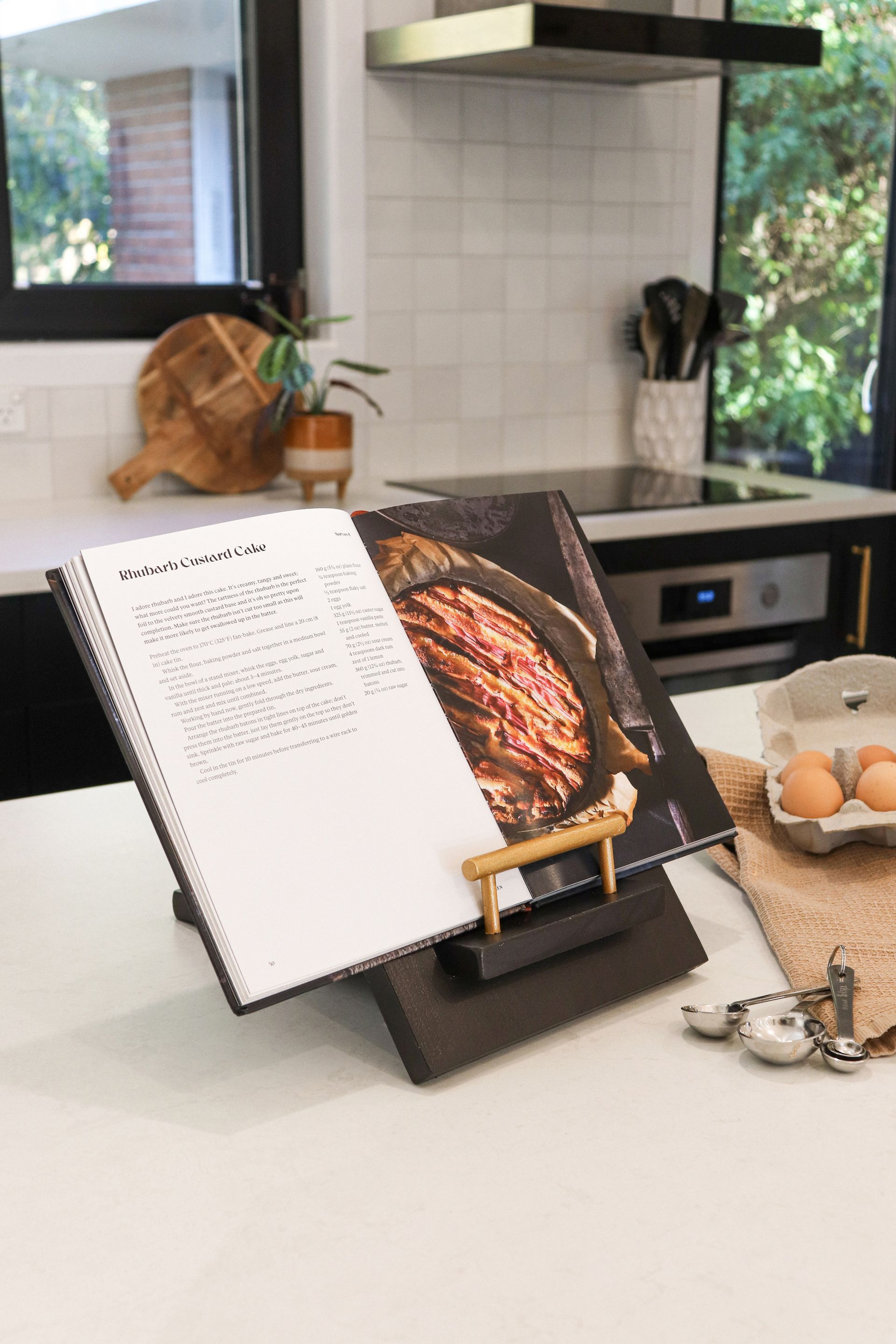Operating across the wider Canterbury region, Canterbury Feed Assessment and Laboratory has been delivering results to local farmers since 1998. We meet new owners Rory and Michelle Boleyn.
For Rory Boleyn, getting out and about and engaging with his clients is a highlight of the working week. Whether it is the contractor, buyer or grower that he is working with, connecting face to face and being outside, walking the paddocks is what drives him. ‘We are farming as well so understand the cost involved these days,’ he explains, ‘so it is nice to be able to chat about what is happening in the industry, make connections and of course work with them on their feed assessment needs all at the same time.’
Having spent a decade working as a contractor in Mid Canterbury, Rory is no stranger to the local environment and relishes being able to continue to service the area. ‘I had always admired the work that Canterbury Feed Assessment (CFA) did, so when the opportunity arose to buy it, we leapt at it.’
Providing independent in-field sampling, feed analysis and dry matter testing for a wide variety of animal feed, Rory and wife Michelle provide comprehensive reporting for clients, allowing them to determine how, and what to feed out to stock. ‘Essentially our role is to provide information, typically to the farmer, that allows them to make decisions around how they are best to use their feed.’
CFA’s field services can be broken into three categories: irrigation and bucket testing designed to improve irrigation efficiency; a yield assessment, typically of crops such as fodder beet, grass, kale, swedes and many more; and silage sampling. ‘Our reps have a number of different probes and methods,’ explains Rory. The meticulously collected samples are then sent back to the CFA Laboratory for further analysis and reporting. ‘We enjoy using new technology like drones for plant counting to try and improve accuracy.
‘What sets us apart is our chain of custody,’ he enthuses. ‘Having our own lab allows us to be in control, and tightly manage the whole process for more accurate and efficient results.’ And both Michelle and Rory have relished the learnings that have come from working in the laboratory alongside long-term staff.
Like in the field, there are multiple facets to the laboratory from dry matter testing to the industry-leading NIR Analysis. ‘We provide feed analysis using FOSS Near Infrared technology which brings world-class analysis of all animal forages, in affiliation with Dairyland Laboratories, Inc USA.
‘NIR feed analysis programs a computer to recognise individual nutrients in feedstuff, based upon the light absorbed at each near infrared wavelength. To program a computer in this way requires a large database of samples that have been analysed using the traditional “wet chemistry” method. The samples are then scanned by the NIR instrument to compile a collection of calibrations. Dairyland Laboratories have over 30 years of NIR experience and one of the industry’s largest databases of samples, which is continually being updated. Our collaboration with Dairyland Laboratories gives New Zealand access to the industry-leading NIR calibrations delivering our clients comprehensive, rapid and cost-effective feed analysis.’
Running their own business while juggling two preschool-aged children and a farming lease keeps the husband-and-wife duo on their toes. Yet they take it all in their stride, without a compromise on quality or service. ‘We work really hard to ensure our accreditations are kept up to date,’ explains Rory, ‘as it is incredibly important that what we are reporting back to our clients is correct.’ As an IANZ-accredited laboratory their standards and procedures are rigorously maintained and assessed annually, providing peace of mind for those in need of assessment.
Rory’s down-to-earth approach coupled with Michelle’s strength in customer service and ability to turn her hand to every task has ensured their first year as business owners has been one to celebrate – and they are looking forward to many more. ‘We are incredibly grateful for the support of our customers and especially our staff,’ concludes Rory. ‘We couldn’t do it without them.’
Recent stories



All Rights Reserved | CountryWide Media



